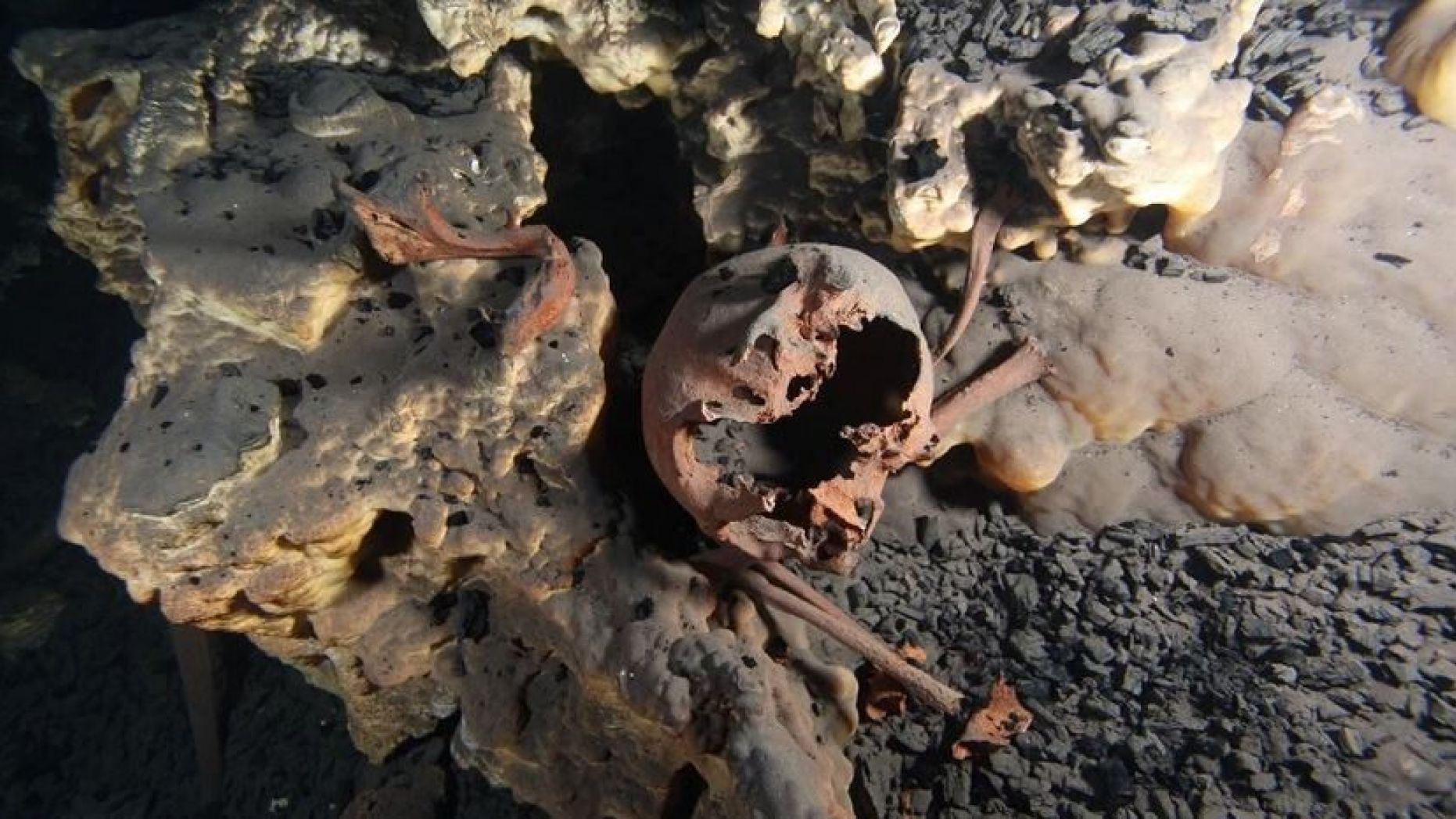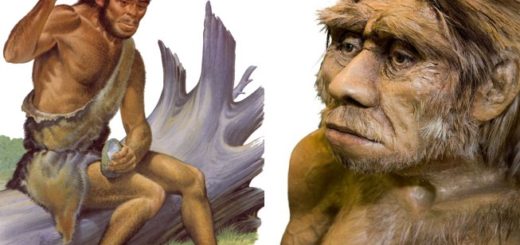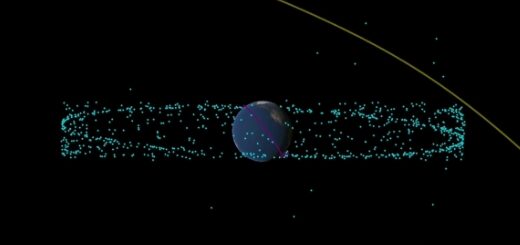Ancient skulls unearthed in Mexico reveal surprising diversity of early humans

Four ancient skulls unearthed from submerged caves in Mexico suggest that early humans in North America were much more diverse than previously believed, according to a new study.
The skeletons were discovered by underwater archaeologists in a limestone cave system and are dated to between 13,000 and 9,000 years ago, according to Cosmos, a science magazine.
“These findings open the possibility that the initial populations of North America already had a high level of morphological diversity, which was reduced as populations dispersed into the southern continent,” study coauthor Mark Hubbe, from Ohio State University, told Cosmos.
GLOWING, BRIGHT BLUE PHENOMENON SEEN OFF AUSTRALIA’S COAST
Skeletal remains found inside a submerged cave in Mexico are among the oldest found in the Americas. (Jerónimo Avilés)
Skeletal remains found inside a submerged cave in Mexico are among the oldest found in the Americas. (Jerónimo Avilés) (Jerónimo Avilés)
ANTARCTICA’S ‘DOOMSDAY GLACIER’ REVEALS ALARMING NEW TRAIT
Researchers analyzed the skulls with CT scans and created 3D images of the skulls by combining data from several X-rays.
The oldest skull was similar to North American arctic populations, and the second oldest was reminiscent of modern Europeans. However, the third-oldest skull’s features were consistent with Asian and Native American groups, and the fourth oldest had traits of arctic populations and some modern South American features.
“The study of these rare remains illustrates that we are probably still underestimating the biological diversity of early Americans and suggests that the process of human occupation of North and South America was much more complex than previously thought,” Hubbe said.



 Creators of mankind
Creators of mankind Description of “Tall white aliens”
Description of “Tall white aliens” Where they came from?
Where they came from? About hostile civilizations
About hostile civilizations The war for the Earth
The war for the Earth “Tall white aliens” about eternal life
“Tall white aliens” about eternal life Video: “Nordic aliens”
Video: “Nordic aliens” Aliens
Aliens Alien encounters
Alien encounters The aliens base
The aliens base UFO
UFO Technology UFO
Technology UFO Underground civilization
Underground civilization Ancient alien artifacts
Ancient alien artifacts Military and UFO
Military and UFO Mysteries and hypotheses
Mysteries and hypotheses Scientific facts
Scientific facts


















